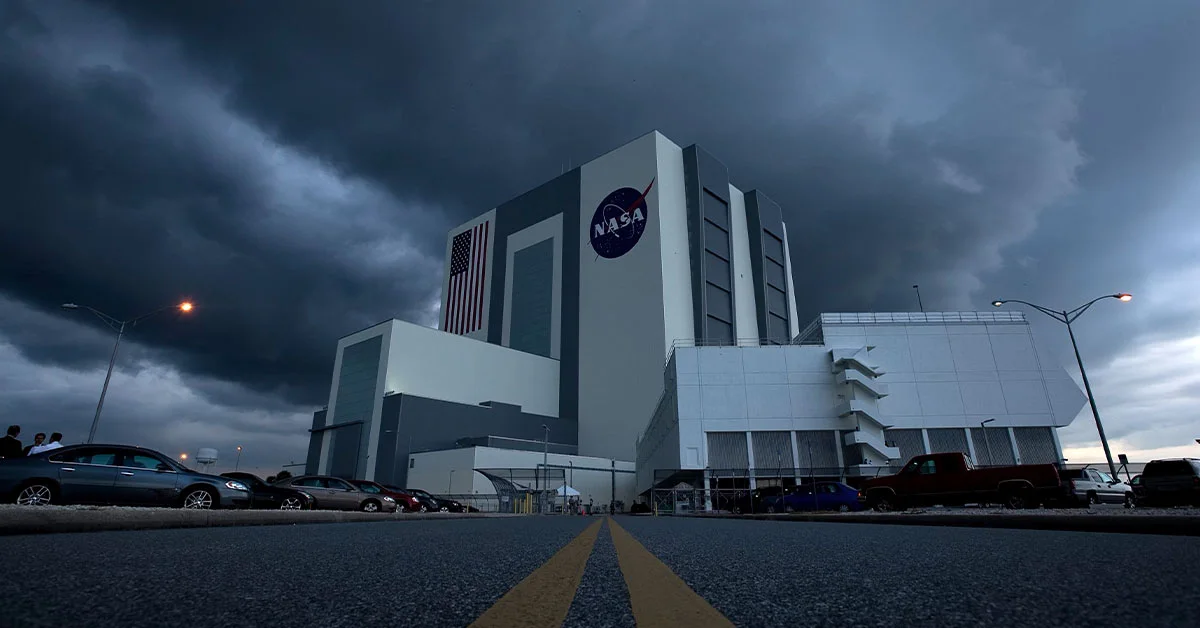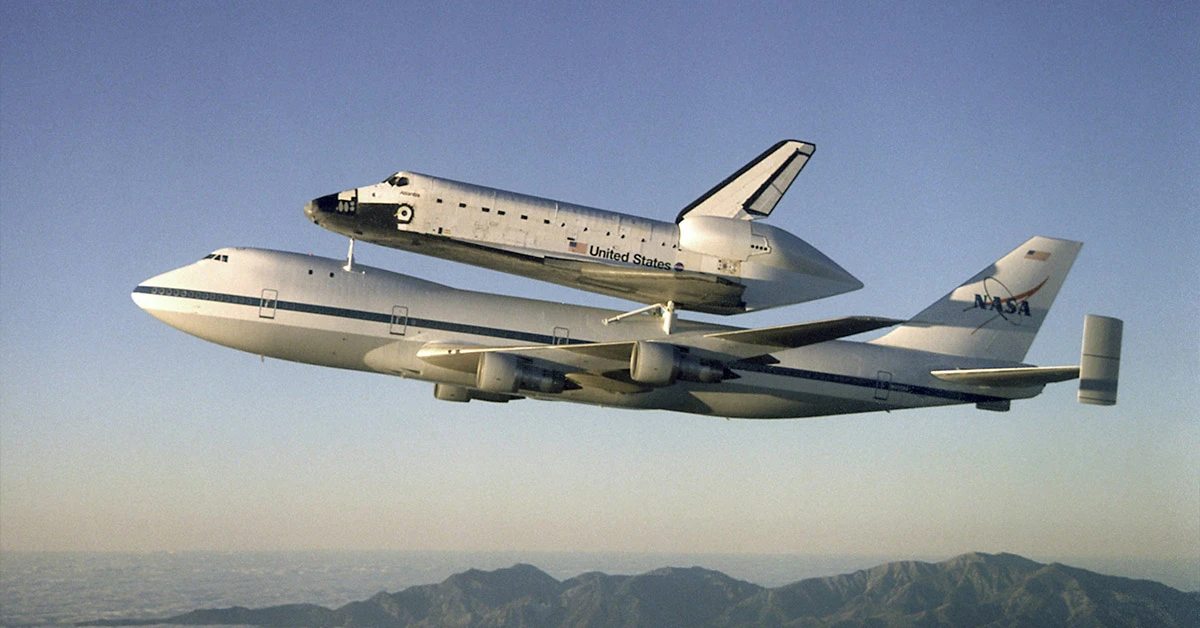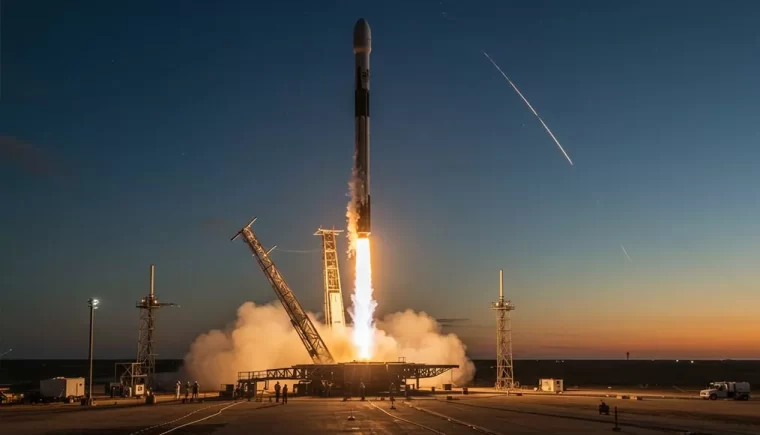Space exploration, once limited to government missions, has evolved into one of the major drivers of global economic growth. With increasing involvement from the private sector, technological advancements, and new areas of application, space exploration is no longer just a field for scientists and engineers but a powerful force reshaping the world economy.
NASA’s Crew-10 mission, in partnership with SpaceX, exemplifies how space innovation is redefining industries and markets worldwide.
The Economic Impact of Space Exploration: How Space Innovation Drives the Global Economy
1. Boosting the Space Economy: Private Sector Growth and Job Creation
The space economy is expanding rapidly, with significant investments from both governments and private companies. In the private sector, companies like SpaceX are at the forefront of this transformation.
With a valuation of $350 billion, SpaceX is leading a revolution in the space sector by reducing rocket launch costs and increasing access to space. Notable events like the Crew-10 launch highlight SpaceX’s ability to provide reliable, reusable launch services for a wide range of missions.
By 2025, the space economy is expected to generate significant returns. According to the World Economic Forum (2025), the space economy could reach a value of $1.8 trillion by 2035, a massive jump from the $630 billion recorded in 2023.

This growth is driven by market competition, leading to innovation and greater efficiency in space operations, including SpaceX launch schedules and advancements in rocket launches like Falcon 9 launches.
Additionally, the space industry is generating thousands of high-skilled jobs, such as engineers, astronauts, and data analysts. The increasing number of SpaceX launches, including major missions like Crew-10, continues to drive employment opportunities across the sector.
The Space Foundation (2024) reports that the space sector employed over 200,000 people in the United States in 2024 alone, and this number continues to grow as new companies enter the market and more countries invest in space infrastructure.
Over 50 countries now have active space programs, contributing to a rapidly expanding global market.
2. Technological Advancements and Their Earth Applications
Technological advancements driven by space exploration often find applications on Earth, creating solutions for global problems and improving the quality of life in various industries.
For example, NASA’s research into life support systems and radiation protection during space missions has led to groundbreaking innovations in healthcare.
Healthcare and Medicine
NASA’s space research has made significant contributions to medical technology. Life support systems and radiation shielding used for SpaceX Crew-10 missions have been adapted for healthcare applications.
These advancements have resulted in improved medical imaging techniques and treatments for cancer. In fact, many NASA-developed technologies, such as diagnostic imaging systems and telemedicine, are now integral parts of modern healthcare, benefiting both astronauts in space and patients on Earth.

Global Communications and Connectivity
Satellite technologies, initially developed for space missions, are also essential for global communication. Innovations from SpaceX launches, such as Starlink satellites, provide high-speed internet to remote regions, significantly improving connectivity for people in underserved areas.
By 2025, nearly 40% of the global population benefits from these advanced satellite technologies, driving educational and economic opportunities in previously disconnected areas.
Sensors and Earth Observation Technology
Space missions help monitor Earth’s systems, contributing to environmental sustainability. Technologies developed through space exploration, including advanced sensors and remote sensing, are used to track climate change, natural disasters, and global biodiversity.
In particular, satellite data aids in precision agriculture, helping farmers increase yields and reduce waste. The World Economic Forum (2025) forecasts that satellite-based solutions could increase crop production by up to 30% by 2030.
3. Sustainability and Environmental Benefits of Space Exploration
Space exploration also plays an important role in advancing sustainability. Satellite data is used to monitor and mitigate climate change, track natural disasters, and even identify new energy sources.
One of the most exciting developments is the potential for solar energy harvesting in space. This concept, still under development, could revolutionize how we produce and consume energy, helping to address some of Earth’s most pressing environmental challenges.
Additionally, space exploration has a direct impact on sustainability here on Earth. By studying other planets, scientists learn more about climate change and resource management, providing invaluable insights into solving environmental issues.
4. The Cultural and Inspirational Impact of Space Exploration
Beyond the economic and technological impacts, space exploration, exemplified by missions like SpaceX Crew-10 launches, continues to inspire millions around the world.
Astronauts like Sunita Williams, who are part of major missions, inspire young people to pursue careers in STEM fields. As more NASA launches bring new crews to the International Space Station, the world watches, eager to witness human achievement in space.
These missions foster a sense of global unity, inspiring innovation and creativity across industries.
Conclusion: The Lasting Impact of Space Exploration
Space exploration is much more than a scientific venture or a search for new frontiers in the universe. By 2025, it has become a transformative force for the global economy, creating new industries, driving technological innovation, and offering solutions to global challenges.
The collaboration between public and private sectors, the increased market competition, and the use of space-developed technologies to solve critical issues are just a few ways space exploration continues to shape our world.
As the space economy grows and more SpaceX launches occur, including the highly anticipated Crew-10 launch and Falcon 9 launches, the future looks brighter than ever for the global economy.
With advancements in technology and new areas of application, space exploration will continue to provide incredible opportunities, not only in the space sector but across various industries that will benefit from these innovations.
How the Crew-10 Mission Influences Investment Markets
1. Rising Interest in Space-Related Stocks
The success of the Crew-10 mission has increased investor interest in space-related stocks and ETFs. Companies like SpaceX are gaining attention from investors looking to capitalize on the expanding space economy.
Space ETFs
Funds such as the ARK Space Exploration ETF (ARKX) are gaining traction as investors seek exposure to the space sector.
Startups and Venture Capital
Venture capital firms are investing billions in space startups, focusing on satellite technology, space tourism, and asteroid mining.
2. Impact on Commodities and Materials
Space exploration demands rare materials and advanced manufacturing techniques, driving demand for commodities such as lithium, titanium, and rare earth elements.
Supply Chain Opportunities
Companies involved in mining and processing materials are benefiting from the increasing demand for space-grade materials.
Sustainability Focus
The push for sustainable space exploration is driving innovations in recycling and resource management, creating new investment opportunities.
Global Business Opportunities Stemming from the Crew-10 Mission
1. International Collaboration and Trade
The Crew-10 mission underscores the importance of international collaboration in space exploration. Countries are coming together to share resources, knowledge, and technology, strengthening economic ties.
Trade Agreements
Space-related trade agreements are becoming more common, opening new markets for aerospace and technology companies.
Diplomatic Benefits
Collaborative space missions can improve diplomatic relations, creating a more stable global business environment.
2. Space Tourism and Consumer Markets

Space tourism, once a distant dream, is now a reality thanks to missions like Crew-10. Companies like SpaceX are paving the way for commercial space travel, creating a new consumer market.
Luxury Experiences
High-net-worth individuals are already booking seats for suborbital flights, increasing demand for luxury space experiences.
Brand Partnerships
Consumer brands are exploring partnerships with space companies to create unique marketing opportunities.
Challenges and Risks for Investors
While opportunities abound, investing in the space economy presents risks.
High Costs
Space exploration requires significant capital, and not all initiatives will yield immediate returns.
Regulatory Hurdles
Governments are still developing regulations for space activities, which could impact commercial operations.
Technological Uncertainty
The complexity of space technologies means failures can be costly and delay progress.
Conclusion: The Future of Space-Driven Business and Investment
NASA and SpaceX’s Crew-10 mission is more than a scientific achievement; it is a beacon of economic potential. From boosting the space economy to creating new investment opportunities, this mission is shaping the future of global business.
As space exploration continues to evolve, companies and investors must stay informed and adaptable to capitalize on the opportunities it presents. The stars are no longer the limit—they are the next frontier for growth and innovation.
Ready to explore the economic potential of space exploration? Stay ahead by subscribing to our newsletter for the latest insights on global business and investment trends.





